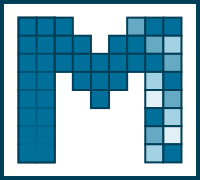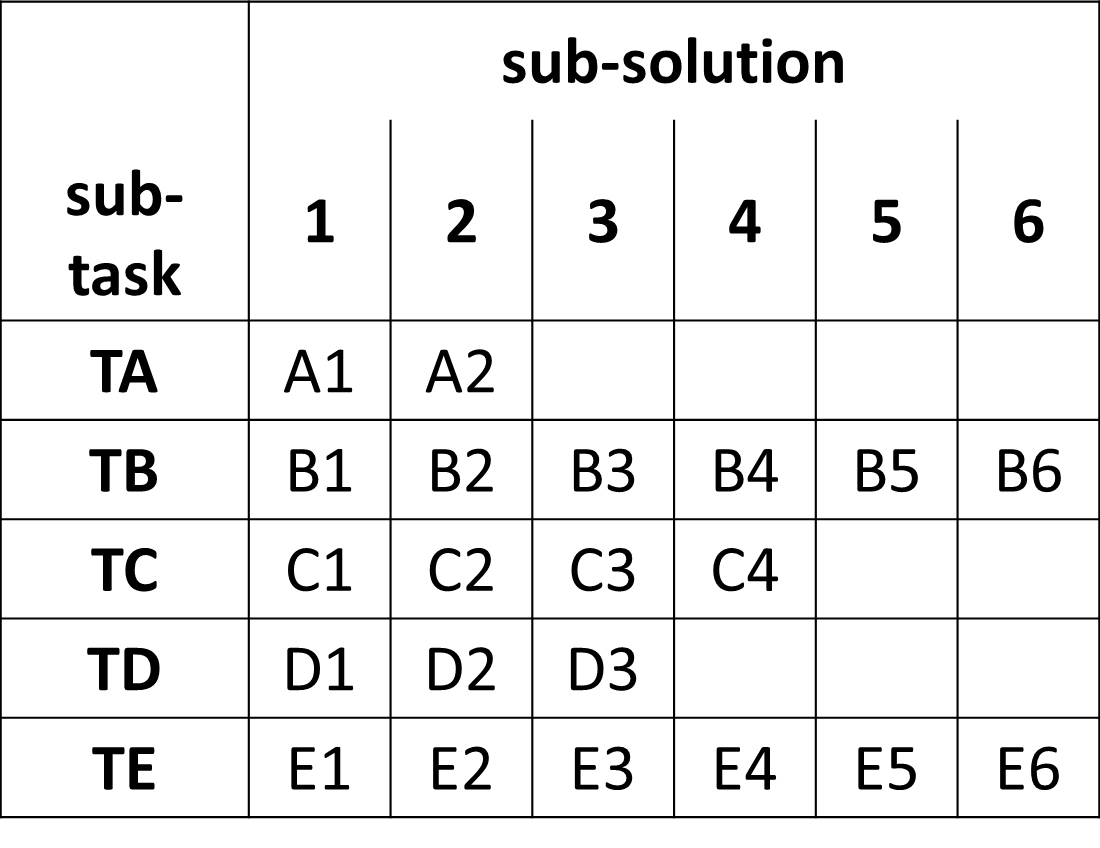

Login
Assignment
| Aim of method usage: |
|---|
|
| Method classification: |
|
| Process phase: |
|
Useful links:
| Glossary |
| Privacy Policy |
| Literature |

Morphological Analysis
Morphological Scheme
The morphological analysis can be done alone or in a group. It is used to solve a problem by breaking it down into ist individual parts. The method is creative-analytical as well as intuitive and discursive.
The problem in question is split into subtasks and for each of these subtasks there are solutions to be found and arranged into a matrix the so-called morphological box. To find the overall solution, one needs to systematically combine the solutions found for the subtasks
By combining the solutions from the subtasks one gets a good overview of the different combination possibilities and thus a great number of solution variants.

Procedure
- Problem definition: define and analyze the given problem
- Finding subtasks: break down the problem into the system's main components eg. Convert energy. The subtasks need to be independently operationalized and are then put into the first column of the morphological box (cf. tools). To keep the morphological box simple there should be no more than six subtasks in it.
- Finding possible solutions for the subtasks: for each subtasks solutions are found (via brainstorming etc.) and sorted into the corresponding line within the morphological box. If there are too many solutions to keep track of, it is possible to reduce the complexity by splitting the box into further sub-matrices.
- Combine for overall solution: every possible combination of solutions within the matrix is marked through arrows.
- Examination and evaluation of combination possibilities: for the overall problem all combinations need to be examined and evaluated regarding their implementation.
- Selecting the overall solution: selecting the overall solution from a combination of solutions of subtasks can be done systematically or intuitively. It may be helpful to apply certain methods for evaluating and selecting. The should not be too many people weighing in to the final solution as too many opinions make the process inefficient.
Strengths and weaknesses
| Strengths | Weaknesses |
|---|---|
|
|
| go back |
zur Startseite



